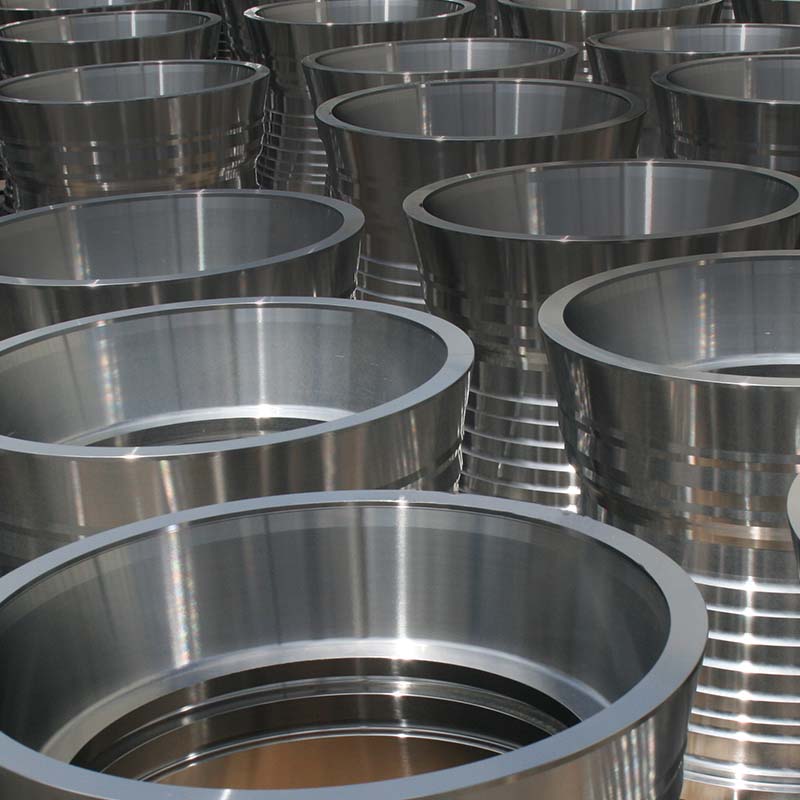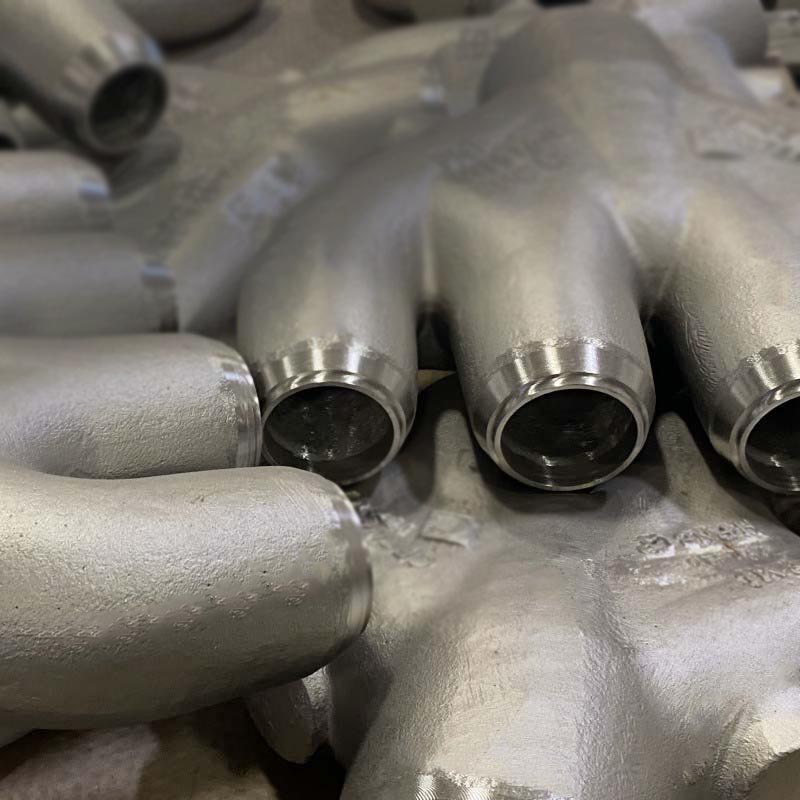Overview
CF3M is a low-carbon stainless steel alloy specifically engineered for applications demanding both high strength and exceptional corrosion resistance. As a low-carbon (.03% maximum) modification of traditional 316 stainless steel, it includes molybdenum to enhance its properties. This molybdenum addition not only improves its corrosion resistance, particularly in chloride-rich environments, but also boosts its strength and high-temperature performance. CF3M is often specified for large, welded assemblies where field welding prevents subsequent heat treatment, as its low carbon content minimizes the risk of sensitization and intergranular corrosion. This makes it a valuable choice for applications requiring robust, corrosion-resistant welds in challenging environments.
Typical Uses
Bearings, chemical and food processing, furnace fixtures, heat exchangers, piping, pressure vessels, pulp/paper components, pump and valve components, nuclear flow control, sink rolls.
MetalTek Designation
MTEK 316L
Poured At:
Carondelet Division, Sandusky International Division, Wisconsin Centrifugal Division, Wisconsin Investcast Division
Similar Specifications
Cast UNS: J92800
Wrought UNS: S31603
Wrought Grade: 316L
Cast Grade: CF3M
Cast ASTM: A351, A743, A744
Typical Chemical Composition (% by wt.)
Aluminum: n/a
Carbon: 0.03
Chromium: 17-21
Manganese: 1.5
Iron: n/a
Copper: n/a
Nickel: 9.0-13.0
Lead: n/a
Tin: n/a
Silicon: 1.5
Zinc: n/a
Other: Mo 2-3
Minimum Mechanical Properties
Heat Treatment: Solution Anneal
Frequently Asked Questions
Austenitic steel is a non-magnetic stainless steel alloy with high chromium and nickel content. It provides excellent corrosion resistance, formability, and weldability, making it ideal for industrial and food-grade applications.
Common applications include food processing equipment, pump and valve components, chemical processing equipment, and heat exchangers due to its excellent corrosion resistance.
Super austenitic steels contain higher levels of molybdenum, nickel, and nitrogen than standard austenitic steels, enhancing their resistance to pitting, crevice corrosion, and stress corrosion cracking in harsh environments.
Benefits include superior corrosion resistance, high ductility, excellent weldability, and good performance at both cryogenic and elevated temperatures.
Austenitic stainless steel is corrosion-resistant and non-magnetic, while martensitic stainless steel is magnetic, harder, and better suited for wear-resistant and high-strength applications.
In its annealed state, austenitic stainless steel is non-magnetic. However, it may exhibit slight magnetism after cold working due to partial transformation into martensite.
Common austenitic grades include 304, 309, 310 and 316 stainless steels. These are widely used across industries for their excellent corrosion resistance and mechanical properties.
Austenitic steel offers better corrosion resistance and ductility than ferritic steel, which is magnetic, has lower chromium content, and is more cost-effective but less weldable.



